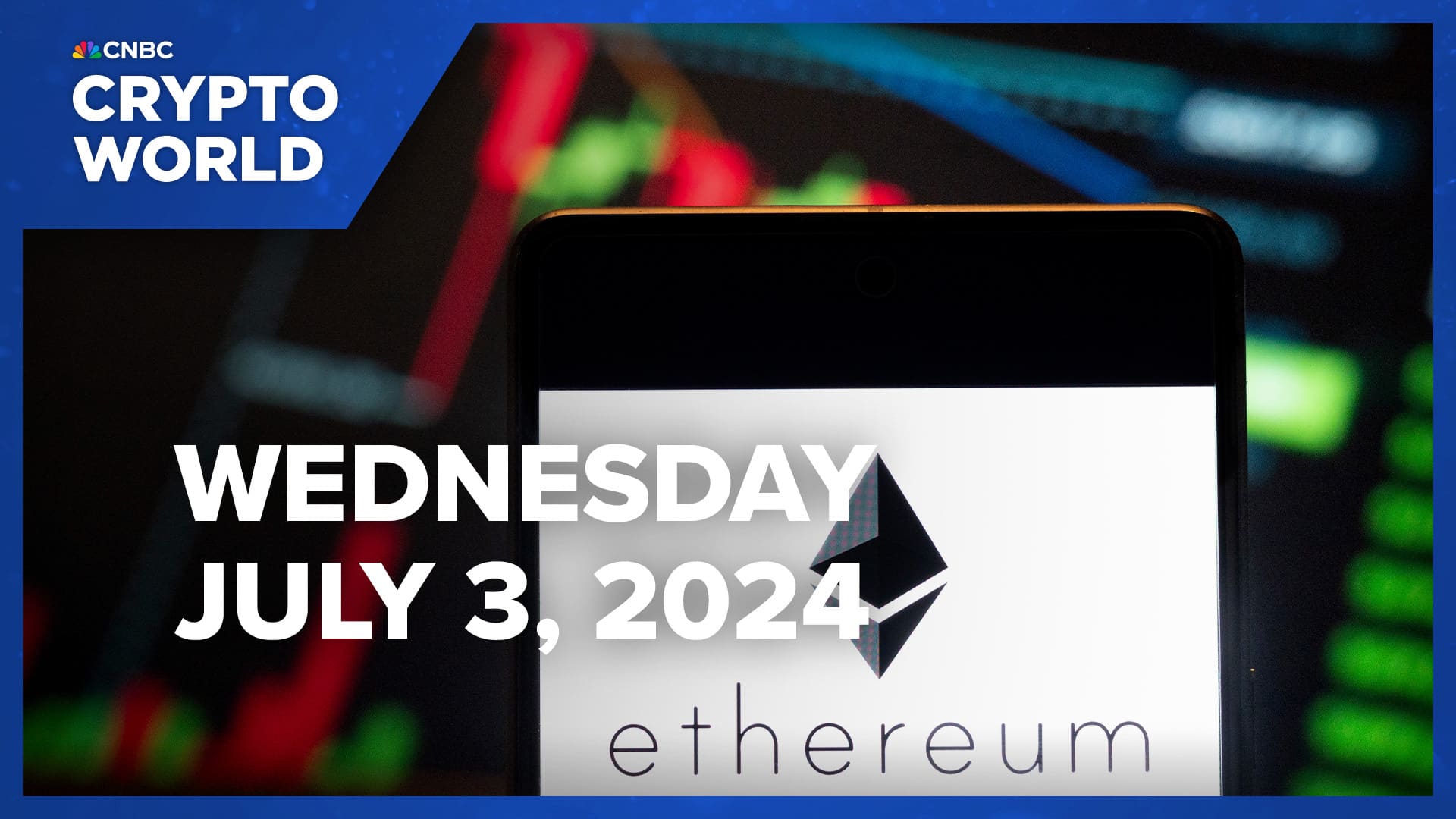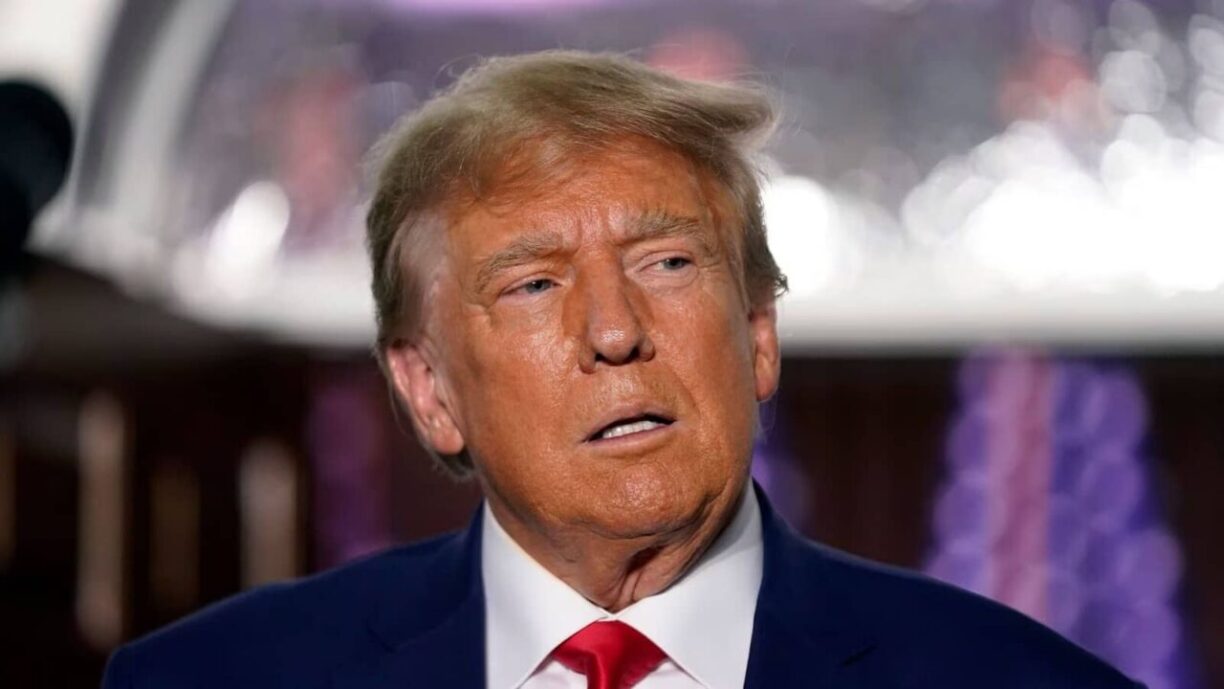News
Miners need a Bitcoin use case to stick

Disclosure: The views and opinions expressed herein are solely those of the author and do not represent the views and opinions of the crypto.news editorial.
The security of the Bitcoin network relies on adding new blocks to the chain, which miners are financially incentivized to produce. In turn, miners’ revenues include transaction fees for all transactions included in a block they mine, as well as a subsidy for the block.
However, the block grant will not last forever: it is halved every four years (most recently on April 19, 2024) and will tend to zero. It aims to support the profitability of miners until such time as the fees generated by transaction activity on the Bitcoin network are sufficient to do so.
Miners can mitigate the reduction in revenue per block by increasing their market share of mined blocks. They can do this by upgrading existing equipment or acquiring new equipment, locations or entities. Miners who have seen higher profits thus far, as well as those who have accumulated BTC reserves that have increased in value, are best positioned to make such investments.
Conversely, some operations will become unprofitable and shut down, particularly those with higher energy costs. Miners will continue to seek partnerships to provide load balancing to energy networks, improving the economics of renewable energy projects by stabilizing energy demand (by ramping up mining facilities at times of oversupply and shutting them down at times of excess demand) . How miners optimize energy costs and manage liquidity to cover fiat currency-denominated debt and operating costs will differentiate their credit risk.
After SEC-approved Bitcoin spot ETFs in the United States earlier this year, the price of Bitcoin rose sharply and transaction volumes increased as new institutional investors sought exposure to the asset. In a recent report, Chainalysis highlights that the Lightning Network (a scaling solution built on the Bitcoin blockchain) saw a three-fold increase in its open channels over the course of 2023, illustrating some growth in the network’s usefulness.
Also a recent IMF working paper highlights Bitcoin’s significant role in cross-border flows. However, between the ETF’s approval in January and the halving in April, transaction fees represented, on average, just 6% of miners’ revenue, according to data from Coin Metrics. Thus, miners remain heavily dependent on the block subsidy.
Bitcoin’s limited scalability and functionality, compared to other blockchains, have contributed to its slow acceleration of transaction fees. Bitcoin is not designed to enable smart contracts; therefore, it does not benefit from trends such as decentralized finance, tokenization, and stablecoin payments that are spurring activity on other chains, such as Ethereum and Solana. Bitcoin’s main use cases to date have been payments and peer-to-peer bitcoin trading, and none of these have been proven to sufficiently generate revenue on an ongoing basis.
The design of the Bitcoin blockchain will not change, so new features must come from technological developments in its ecosystem. The Runes Protocol, which introduces functionality for fungible tokens, launched on the same day as the halving and immediately led to an increase in transaction fees.
Fees were also increased in 2023 by the launch of Ordinals memberships, which introduced non-fungible token capabilities. These innovations have so far led to an increase in fees resulting from transaction activity focused on the speculative trading of the tokens they have allowed to be created. These new features could allow Bitcoin to catch up with other blockchains by supporting tokenization efforts in financial markets. Additionally, emerging layer 2 chains (which process multiple transactions in batches before settling them as a single transaction on Bitcoin’s main blockchain) could mitigate Bitcoin’s scalability limitations and layer functionality to develop defi or tokenization use cases . Identifying a use case that “sticks” before the next halving is critical for these nascent use cases to have lasting impact.
In the long term, Bitcoin supporters expect it to become a new global reserve asset and to one day become a credibly neutral medium of exchange within a global network of economic agents powered by artificial intelligence. Meanwhile, higher and more stable transaction revenues for miners are crucial to sustaining the network, making the advancement of concrete technological developments crucial.
Andrew O’Neill
Andrew O’Neill leads S&P Global’s research on digital assets and their potential impact on financial markets. It began focusing on crypto and deffi risks in early 2022, with an emphasis on understanding their potential impact on ratings and financial markets more generally. He also participated in the development of S&P Global Ratings’ Stablecoin Stability Assessments program, which launched in November 2023. He joined S&P in 2009 as a covered bond ratings analyst before taking on a role in rating methodologies development, primarily for credit ratings. structured finance. . Prior to joining S&P Global Ratings, Andrew worked as an analyst in Investment Banking, Acquisitions and Leveraged Finance at JP Morgan. Andrew holds a CFA charter and a master’s degree in aerospace engineering from the University of Bath.
News
How Ether Spot ETF Approval Could Impact Crypto Prices: CNBC Crypto World

ShareShare article via FacebookShare article via TwitterShare article via LinkedInShare article via email
CNBC Crypto World features the latest news and daily trading updates from the digital currency markets and gives viewers a glimpse of what’s to come with high-profile interviews, explainers and unique stories from the ever-changing cryptocurrency industry. On today’s show, Ledn Chief Investment Officer John Glover weighs in on what’s driving cryptocurrency prices right now and how the potential approval of spot ether ETFs could impact markets.
News
Miners’ ‘Capitulation’ Signals Bitcoin Price May Have Bottomed Out: CryptoQuant

According to CryptoQuant, blockchain data shows signs that the Bitcoin mining industry is “capitulating,” a likely precursor to Bitcoin hitting a local price bottom before reaching new highs.
CryptoQuant analyzed metrics for miners, who are responsible for securing the Bitcoin network in exchange for newly minted BTC. As outlined in the market intelligence platform’s Wednesday report, multiple signs of capitulation have emerged over the past month, during which Bitcoin’s price has fallen 13% from $68,791 to $59,603.
One such sign includes a significant drop in Bitcoin’s hash rate, the total computing power that backs Bitcoin. After hitting a record high of 623 exashashes per second (EH/s) on April 27, the hash rate has fallen 7.7% to 576 EH/s, its lowest level in four months.
“Historically, extreme hash rate drawdowns have been associated with price bottoms,” CryptoQuant wrote. In particular, the 7.7% drawdown is reminiscent of an equivalent hash rate drawdown in December 2022, when Bitcoin’s price bottomed at $16,000 before rallying over 300% over the next 15 months.
This latest hash rate drop follows Bitcoin’s fourth cyclical “halving” event in April, which cut the number of coins paid out to miners in half. According to CryptoQuant’s Miner Profit/Loss Sustainability Indicator, this has left miners “mostly extremely underpaid” since April 20, forcing many to shut down mining machines that have now become unprofitable.
CrypotoQuant said that miners faced a 63% drop in daily revenue after the halving, when both Bitcoin block rewards and transaction fee revenues were much higher.
During this time, Bitcoin miners were seen moving coins from their on-chain wallets at a faster rate than usual, indicating that they may be selling their BTC reserves“Daily miner outflows reached their highest volume since May 21,” the company wrote.
Among the sales of Bitcoin miners, whales and national governmentsBitcoin’s price drop in June also hurt Bitcoin’s “hash price,” a metric of Bitcoin Miner Profitability per unit of computing power.
“Average mining revenue per hash (hash price) continues to hover near all-time lows,” CryptoQuant wrote. “Hashprice stands at $0.049 per EH/s, just above the all-time low hashprice of $0.045 reached on May 1st.”
By Ryan-Ozawa.
News
US Congressman French Hill Doubles Down on Trump’s Pro-Crypto Stance

US lawmaker French Hill has noted that Donald Trump will take a more pro-crypto approach than the current administration. The run-up to the presidential election has seen cryptocurrencies become an issue with lawmakers making huge statements ahead of the polls. Donald Trump has also been reaching out to the industry, making a pro-crypto case.
French Hill Backs Trump’s Pro-Crypto Stance
Republican Congressman French Hill has explained the type of cryptocurrency regulatory framework he believes Donald Trump could adopt in the country. In a recent interview with CNBC, French Hill said that the recently passed FIT21 bill is the type of regulatory framework the Trump administration will adopt in the sector.
#FIT21 passed the House with 71 Democratic votes, it’s exactly the kind of digital asset regulatory framework former President Trump would support if re-elected.
See more on @SquawkCNBC🔽 photo.twitter.com/ceTmU4LApU
— French Hill (@RepFrenchHill) July 3, 2024
THE FIT21 Bill It is intended to protect investors and consumers in the market by establishing clear rules and powers for the various regulators in the sector. According to Hill, Trump will adopt it because it directs the Securities and Exchange Commission (SEC) and the Commodity Futures Trading Commission (CFTC) on the specific regulatory framework needed in the market.
“… for people who are innovating and starting a crypto token, a related business, custody of those assets, how to ensure consumer protection, so I think that framework is the right approach and that’s what I’m going to recommend to the President to pass, which is that we have not passed it between now and the end of this Congress.”
He also called Trump an innovative and pro-growth president in financial matters.
Cryptocurrency is going mainstream
This election cycle saw the cryptocurrency industry taking a place in mainstream issues following broader adoption across demographics. From candidates moving toward enthusiasts to recent pro-Congress legislation, cryptocurrencies have become a rallying point for officials. The U.S. regulatory landscape has been criticized for stifling growth due to frequent SEC LawsuitsThis has led executives to push for pro-cryptocurrency laws and raise money for pro-industry candidates.
Read also: Federal Reserve Predicts “AI Will Be Deflationary” to Stimulate Economy
David is a financial news contributor with 4 years of experience in Blockchain and cryptocurrency. He is interested in learning about emerging technologies and has an eye for breaking news. Keeping up to date with trends, David has written in several niches including regulation, partnerships, cryptocurrency, stocks, NFTs, etc. Away from the financial markets, David enjoys cycling and horseback riding.
News
US Court Orders Sam Ikkurty to Pay $84 Million for Cryptocurrency Ponzi Scheme

A federal court has ordered Jafia LLC and its owner, Sam Ikkurty, to pay nearly $84 million to cryptocurrency investors after ruling that the company was operating a Ponzi scheme.
The ruling, issued by Judge Mary Rowland in the U.S. District Court for the Northern District of Illinois, follows a lawsuit filed by the Commodity Futures Trading Commission (CFTC) in 2022 after the fund collapsed.
Judge Rowland found that Ikkurty, based in Portland, Oregon, did numerous false claims on his company’s hedge funds.
These included misleading statements about his trading experience and the promise of high and stable profits. Instead, Ikkurty used funds from new investors to pay off previous investors, a hallmark of a Ponzi scheme.
The Ponzi Scheme
The court found that Ikkurty misappropriated investment funds for personal use without the knowledge of the investors. These funds were used for personal use and were reported as Fraudulent Investmentscausing significant financial losses to customers.
This non-transparent operation violated Transparency Commission regulations, which led to the imposition of a hefty fine to compensate defrauded investors and restore some public confidence in the financial system.
Judge Rowland emphasized that fraudulent activity such as this violates the law and undermines the integrity of modern financial markets. The $84 million award seeks to address the financial harm inflicted on investors and reinforce the importance of legal compliance in cryptocurrency trading.
-

 Videos9 months ago
Videos9 months agoBitcoin Price AFTER Halving REVEALED! What’s next?
-

 Bitcoin8 months ago
Bitcoin8 months agoBitcoin Could Test Record Highs Next Week in ETF Flows, Says Analyst; Coinbase appears in the update
-

 Videos9 months ago
Videos9 months agoAre cryptocurrencies in trouble? Bitcoin Insider Reveals “What’s Next?”
-

 Videos9 months ago
Videos9 months agoCryptocurrency Crash Caused by THIS…
-

 Videos8 months ago
Videos8 months agoThe REAL reason why cryptocurrency is going up!
-

 Altcoin8 months ago
Altcoin8 months agoThe best Altcoins to buy before they rise
-

 Videos9 months ago
Videos9 months agoBlackRock Will Send Bitcoin to $116,000 in the Next 51 Days (XRP News)
-

 Videos9 months ago
Videos9 months agoDonald Trump: I like Bitcoin now! Joe Biden HATES cryptocurrencies.
-

 Videos8 months ago
Videos8 months agoSolana Cryptocurrencies: the future WILL SHOCK you | What comes next?
-

 News9 months ago
News9 months agoTON, AKT, AR expect increases of 15%+ as the market stabilizes
-

 Videos8 months ago
Videos8 months agoBitcoin Whale REVEALS: The 5 Best Coins to Make You a Millionaire!
-

 Videos8 months ago
Videos8 months agoBREAKING NEWS: The 19 best cryptocurrencies ready to skyrocket!





